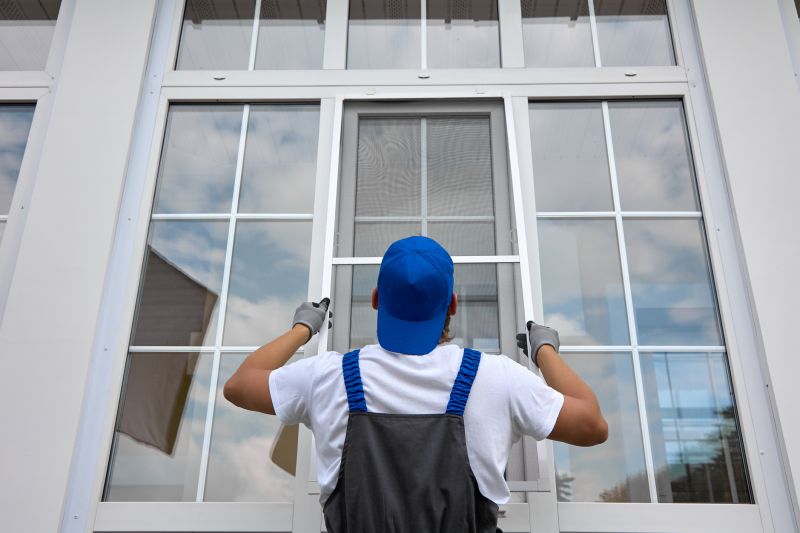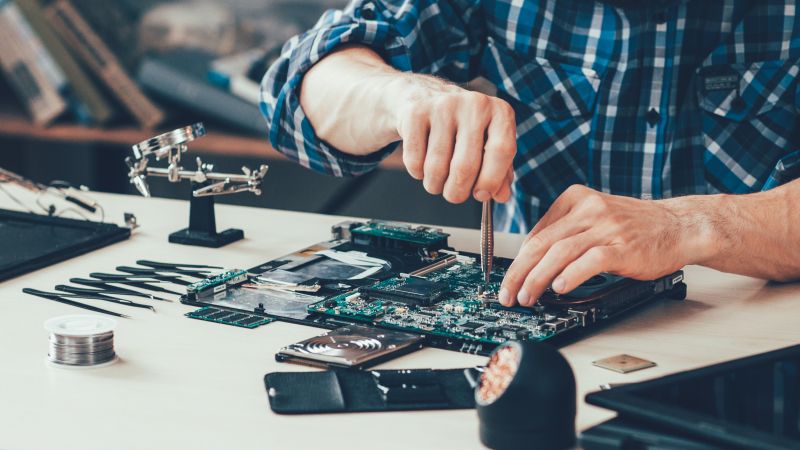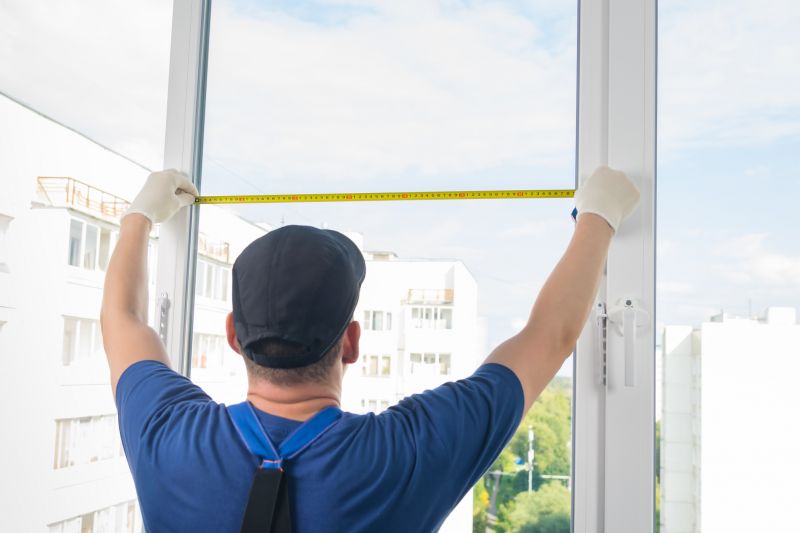Optimal Timing for Windows Installations
Understanding the best time to perform Windows installations can enhance system performance and minimize disruptions. Timing considerations include hardware readiness, software updates, and user availability, ensuring a smooth installation process.
Perform Windows installations when hardware components are fully compatible and updated to prevent issues during setup.
Schedule installations after major software updates to ensure system stability and security.
Choose periods when users are least affected, such as outside of peak work hours or during scheduled maintenance windows.
Conduct backups prior to installation during times when data can be securely saved without interruption.

Technicians performing a Windows setup on a desktop computer.

Close-up of hardware components being checked before a Windows installation.

Screen displaying Windows update progress during installation.

Ways to make Windows Installations work in tight or awkward layouts.

Popular materials for Windows Installations and why they hold up over time.

Simple add-ons that improve Windows Installations without blowing the budget.
| Timing Consideration | Best Practice |
|---|---|
| Hardware readiness | Perform installations when hardware is fully compatible and updated. |
| Software updates | Schedule after major updates for stability. |
| User availability | Choose times with minimal user impact. |
| Backups | Complete backups before starting. |
| Environmental conditions | Ensure optimal environmental conditions. |
| System maintenance windows | Align with scheduled maintenance periods. |
| Network stability | Perform installations during times of reliable network connectivity. |
| Business hours | Prefer outside of peak business hours to reduce disruption. |
Windows installations are a critical component of maintaining system security and performance. Proper timing ensures minimal downtime and reduces the risk of errors. Regular updates and installations contribute to system stability, security patches, and compatibility with new software features. Statistics indicate that scheduling installations during off-peak hours can decrease system downtime by up to 30 percent, leading to increased productivity and reduced operational disruptions.

A technician installing Windows on a portable device.

User configuring settings after Windows installation.

Backing up data before Windows installation.

Testing hardware components post-installation.

High-end options that actually feel worth it for Windows Installations.

Finishes and colors that play nicely with Windows Installations.

Little measurements that prevent headaches on Windows Installations day.

A 60-second routine that keeps Windows Installations looking new.
Choosing the right time for Windows installations can prevent potential issues and ensure a seamless transition to updated systems. It is advisable to plan installations during periods of low activity, allowing sufficient time for troubleshooting if necessary. Proper preparation, including backups and hardware checks, plays a vital role in successful system upgrades.
Interested in scheduling a Windows installation? Fill out the contact form to get started.


